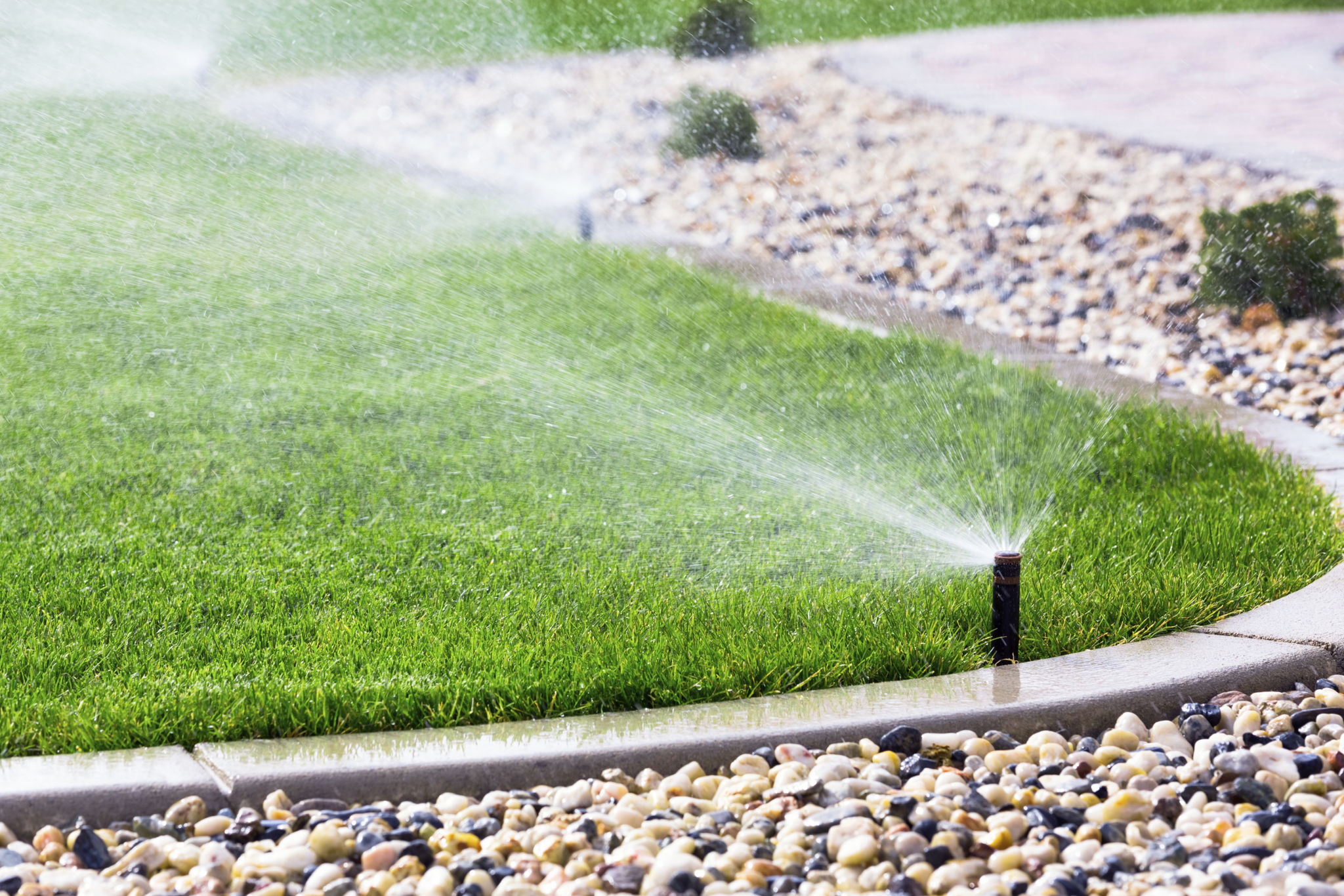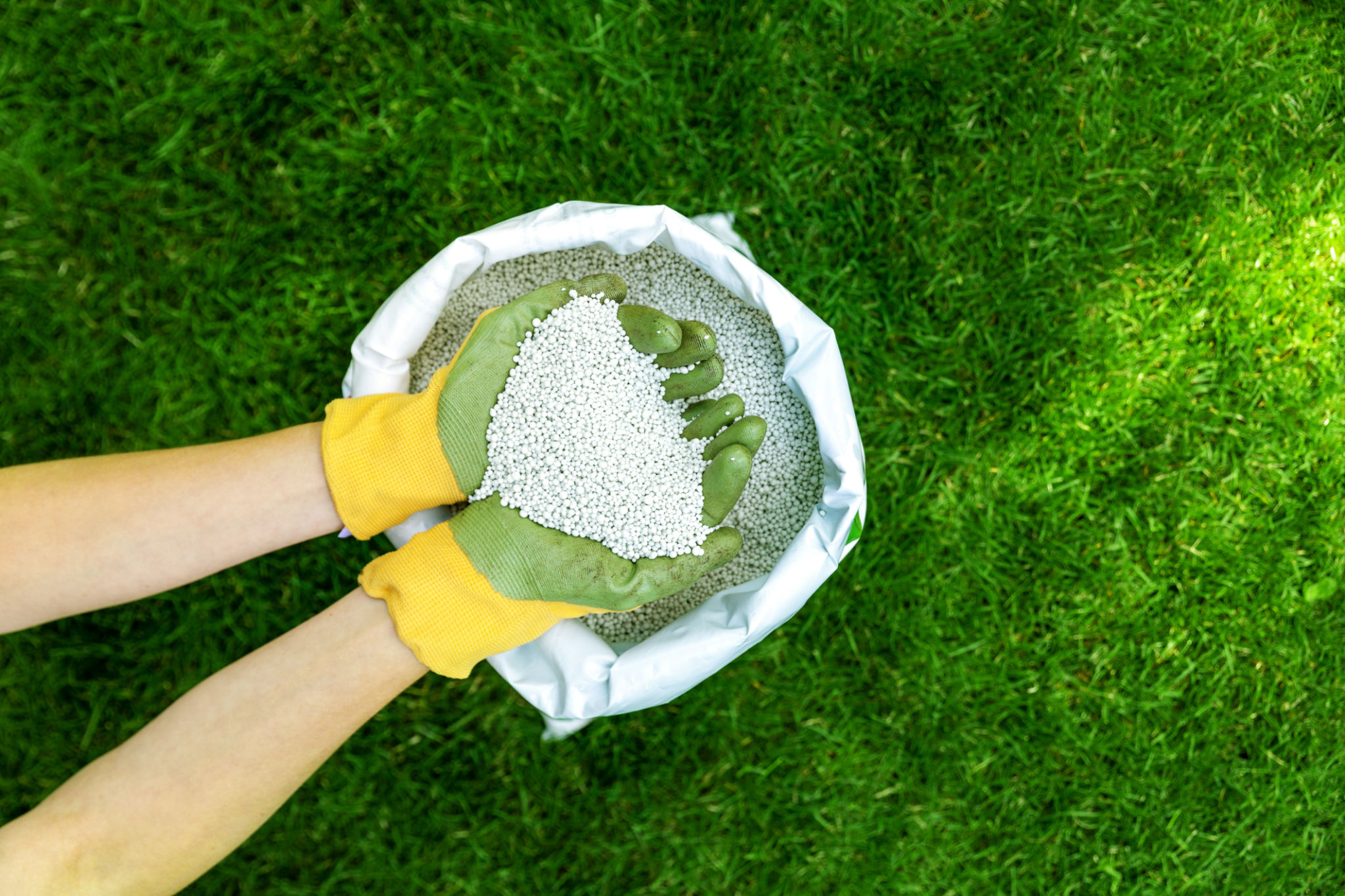Common Lawn Care Myths and Misconceptions Debunked
Tl
Watering: More Is Not Always Better
One of the most persistent myths in lawn care is the belief that more water equals a healthier lawn. While it's true that lawns need water to thrive, overwatering can actually do more harm than good. Excessive watering can lead to shallow root growth, increased weeds, and even fungal diseases.
For optimal lawn health, it's best to water deeply but infrequently. This encourages roots to grow deeper into the soil, making the grass more drought-resistant. Aim for about 1 to 1.5 inches of water per week, including rainfall, spread over one or two waterings.

Mowing Short Is Not Always Better
Another common misconception is that mowing your lawn very short will reduce the frequency of mowing. While it might seem convenient, cutting grass too short can stress the plants, making them more susceptible to pests and disease.
A good rule of thumb is to never cut more than one-third of the grass blade's length during a single mowing session. This practice helps maintain a robust and healthy lawn that can better withstand environmental stressors.
The Truth About Fertilizers
There is a widespread belief that applying more fertilizer will result in a greener lawn. However, over-fertilizing can lead to nutrient runoff, which harms the environment and can damage your grass. It's important to apply the right amount of fertilizer at the appropriate times during the growing season.
Consider using slow-release fertilizers, which provide a steady supply of nutrients over time and help prevent the risk of over-fertilization. Always read and follow the instructions on the fertilizer package for best results.

The Myth of Weed-Free Lawns
Many homeowners strive for a completely weed-free lawn, but this goal is often unrealistic. Weeds are a natural part of any ecosystem, and some level of weed presence can be expected in any lawn.
Instead of trying to eradicate every last weed, focus on maintaining a healthy lawn through proper mowing, watering, and fertilization. A thick, healthy lawn will naturally suppress weeds by crowding them out and reducing their ability to establish themselves.
Seeding in Spring vs. Fall
There is a common misconception that spring is the best time to seed a lawn. While spring seeding does yield quick results due to warming temperatures and regular rainfall, fall is actually the optimal time for seeding.
The cooler temperatures and frequent rain in autumn provide ideal conditions for seed germination and establishment. In addition, fall-seeded lawns have less competition from weeds, which tend to be less prevalent during this time.

The Role of Lawn Aeration
A common myth is that aeration is unnecessary for a healthy lawn. In reality, aeration is an essential practice that helps alleviate soil compaction, improve nutrient absorption, and enhance root development.
By perforating the soil with small holes, aeration allows air, water, and nutrients to penetrate deeper into the root zone. It is typically best done in the fall or spring when the grass is actively growing.
Conclusion
Understanding these common lawn care myths and misconceptions can make a significant difference in maintaining a lush and healthy lawn. By applying these insights, homeowners can improve their lawn care practices and ensure their outdoor spaces remain vibrant and inviting throughout the year.
